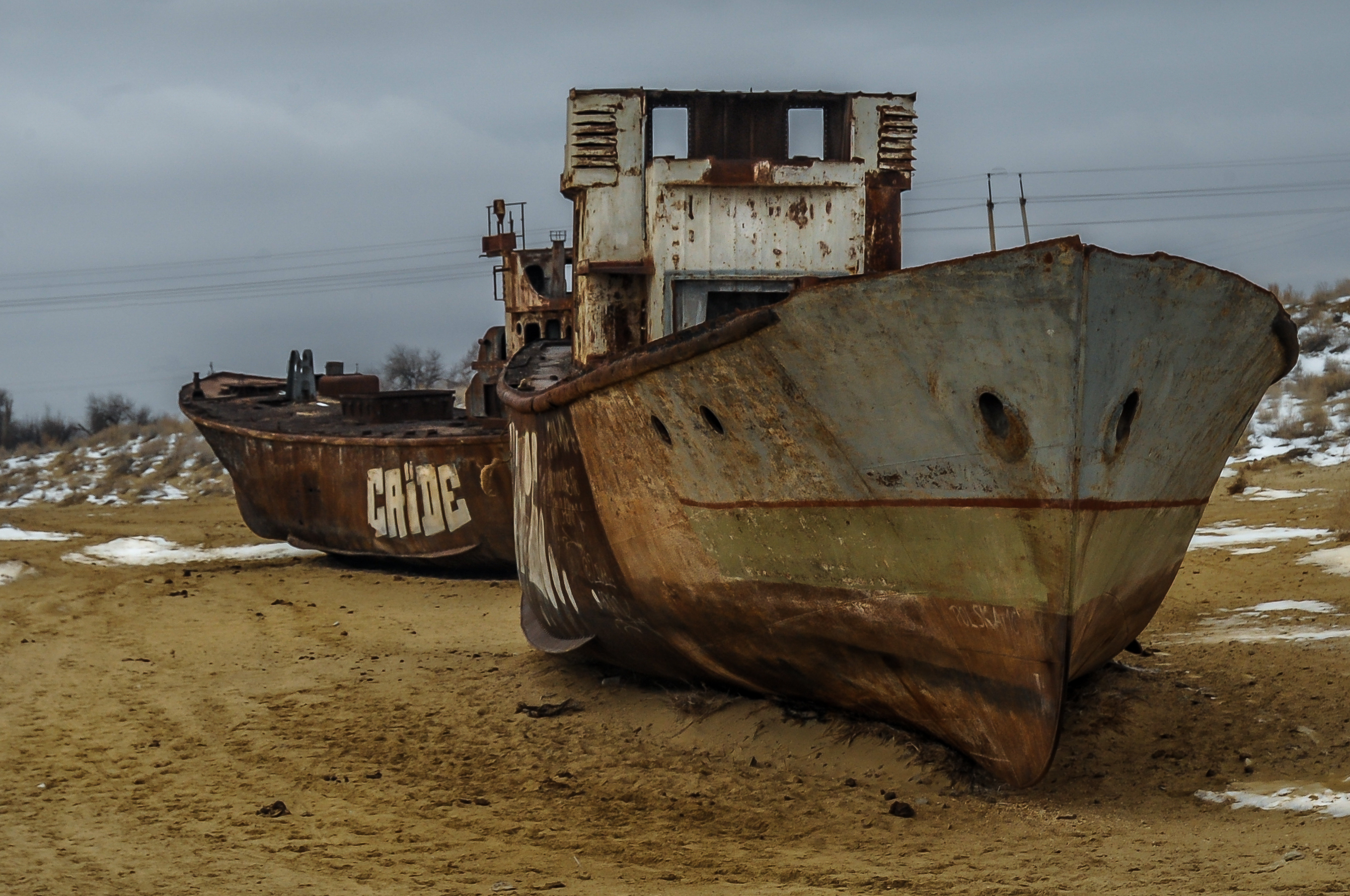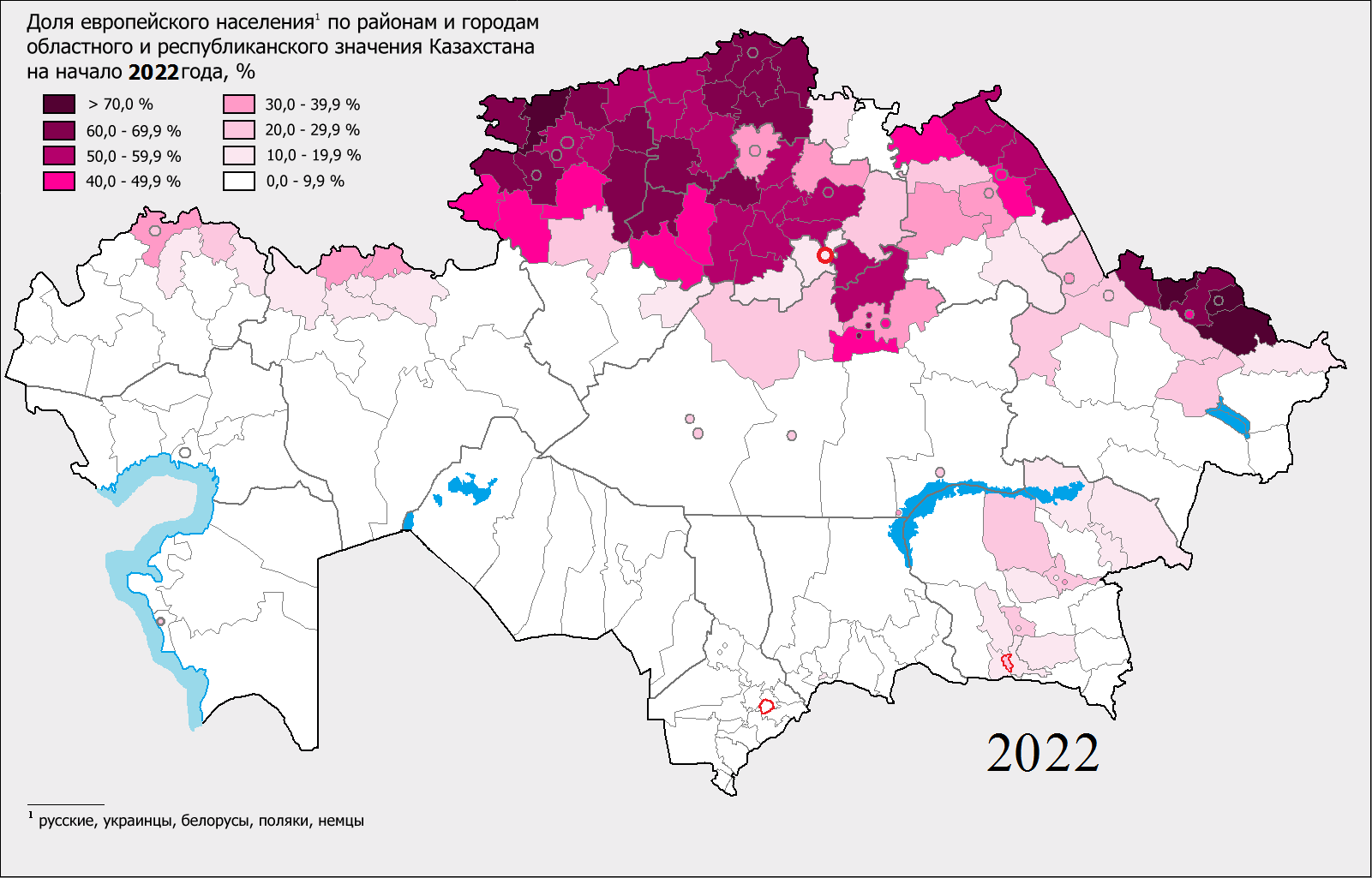|
Akkol (lake)
Akkol, meaning "White Lake" ( kk, Ақкөл; russian: Акколь), is a salt lake in Zhangeldi District, in the SW sector of the Kostanay Region, Kazakhstan.Google Earth Local authorities try to promote tourism in the lake, but the area lacks the necessary infrastructure. The nearest inhabited locality is Akhmeta Baytursynuly to the east of the eastern shore. Geography Akkol is located in the southern part of the Turgay Depression at above sea level. It is an endorheic lake sharing the same depression as smaller lakes and salt pans nearby. A projecting spit in the northwestern shore of the lake divides the northern side into two bays. The lake lies about to the NNE of the northern end of the Shalkarteniz lake. Much smaller lakes Uziksor and Karaksor are located to the southeast, close to its shores. There is a hot spring from the lake where the water temperature reaches [...More Info...] [...Related Items...] OR: [Wikipedia] [Google] [Baidu] |
Sentinel-2
Sentinel-2 is an Earth observation mission from the Copernicus Programme that systematically acquires optical imagery at high spatial resolution (10 m to 60 m) over land and coastal waters. The mission is currently a constellation with two satellites, Sentinel-2A and Sentinel-2B; a third satellite, Sentinel-2C, is currently undergoing testing in preparation for launch in 2024. The mission supports a broad range of services and applications such as agricultural monitoring, emergencies management, land cover classification or water quality. Sentinel-2 has been developed and is being operated by the European Space Agency, and the satellites were manufactured by a consortium led by Airbus Defence and Space in Friedrichshafen. Overview The Sentinel-2 mission has the following key characteristics: * Multi-spectral data with 13 bands in the visible, near infrared, and short wave infrared part of the spectrum * Systematic global coverage of land surfaces from 56° S to 84°&nb ... [...More Info...] [...Related Items...] OR: [Wikipedia] [Google] [Baidu] |
Endorheic Lake
An endorheic lake (also called a sink lake or terminal lake) is a collection of water within an endorheic basin, or sink, with no evident outlet. Endorheic lakes are generally saline as a result of being unable to get rid of solutes left in the lake by evaporation. These lakes can be used as indicators of anthropogenic change, such as irrigation or climate change, in the areas surrounding them. Lakes with subsurface drainage are considered cryptorheic. Components of endorheic lakes The two main ways that endorheic lakes accumulate water are through river flow into the lake (discharge) and precipitation falling into the lake. The collected water of the lake, instead of discharging, can only be lost due to either evapotranspiration or percolation (water sinking underground, e.g., to become groundwater in an aquifer). Because of this lack of an outlet, endorheic lakes are mostly salt water rather than fresh water. The salinity in the lake gradually builds up through years as wate ... [...More Info...] [...Related Items...] OR: [Wikipedia] [Google] [Baidu] |
Lakes Of Kazakhstan ...
Excluding the northernmost districts, Kazakhstan consists of endorheic basins, where rivers flow into one of the numerous lakes. The most important drainage system is known as Yedisu, meaning "seven rivers" in Turkic languages. Below is the list of the more important lakes, some of which are shared (Caspian Sea, Lake Aral, Lake Aike, etc.) with the neighbouring countries. References {{Europe topic, List of lakes of * Lakes Kazakhstan Kazakhstan, officially the Republic of Kazakhstan, is a transcontinental country located mainly in Central Asia and partly in Eastern Europe. It borders Russia to the north and west, China to the east, Kyrgyzstan to the southeast, Uzbeki ... [...More Info...] [...Related Items...] OR: [Wikipedia] [Google] [Baidu] |
List Of Lakes Of Kazakhstan ...
Excluding the northernmost districts, Kazakhstan consists of endorheic basins, where rivers flow into one of the numerous lakes. The most important drainage system is known as Yedisu, meaning "seven rivers" in Turkic languages. Below is the list of the more important lakes, some of which are shared (Caspian Sea, Lake Aral, Lake Aike, etc.) with the neighbouring countries. References {{Europe topic, List of lakes of * Lakes Kazakhstan Kazakhstan, officially the Republic of Kazakhstan, is a transcontinental country located mainly in Central Asia and partly in Eastern Europe. It borders Russia to the north and west, China to the east, Kyrgyzstan to the southeast, Uzbeki ... [...More Info...] [...Related Items...] OR: [Wikipedia] [Google] [Baidu] |
ISS027-E-17782 - View Of Earth
The International Space Station (ISS) is the largest modular space station currently in low Earth orbit. It is a multinational collaborative project involving five participating space agencies: NASA (United States), Roscosmos (Russia), JAXA (Japan), ESA (Europe), and CSA (Canada). The ownership and use of the space station is established by intergovernmental treaties and agreements. The station serves as a microgravity and space environment research laboratory in which scientific research is conducted in astrobiology, astronomy, meteorology, physics, and other fields. The ISS is suited for testing the spacecraft systems and equipment required for possible future long-duration missions to the Moon and Mars. The ISS programme evolved from the Space Station ''Freedom'', a 1984 American proposal to construct a permanently crewed Earth-orbiting station, and the contemporaneous Soviet/Russian ''Mir-2'' proposal from 1976 with similar aims. The ISS is the ninth space stat ... [...More Info...] [...Related Items...] OR: [Wikipedia] [Google] [Baidu] |
Great Soviet Encyclopedia
The ''Great Soviet Encyclopedia'' (GSE; ) is one of the largest Russian-language encyclopedias, published in the Soviet Union from 1926 to 1990. After 2002, the encyclopedia's data was partially included into the later ''Bolshaya rossiyskaya entsiklopediya'' (or '' Great Russian Encyclopedia'') in an updated and revised form. The GSE claimed to be "the first Marxist–Leninist general-purpose encyclopedia". Origins The idea of the ''Great Soviet Encyclopedia'' emerged in 1923 on the initiative of Otto Schmidt, a member of the Russian Academy of Sciences. In early 1924 Schmidt worked with a group which included Mikhail Pokrovsky, (rector of the Institute of Red Professors), Nikolai Meshcheryakov (Former head of the Glavit, the State Administration of Publishing Affairs), Valery Bryusov (poet), Veniamin Kagan (mathematician) and Konstantin Kuzminsky to draw up a proposal which was agreed to in April 1924. Also involved was Anatoly Lunacharsky, People's Commissar of Education ... [...More Info...] [...Related Items...] OR: [Wikipedia] [Google] [Baidu] |
Shalkarteniz
Shalkarteniz ( kk, Шалқартеңіз; russian: Шалкартениз) is an extensive salt flat and seasonal lake in the Yrgyz District, Aktobe Region, Kazakhstan. The Shalkarteniz lies in the northeastern sector of the Turan Depression, northwest of the city of Aralsk. It is part of the Kazakh semi-desert ecoregion. There are no settlements in the immediate vicinity. History Until the end of the 16th century, the Shalkarteniz basin was regularly filled by the formerly more abundant waters of the Turgay river, which at that time reached the Aral Sea. In the centuries that followed the river became shallow and carried less water, so the Shalkarteniz could not overflow. Thus the Turgay stopped flowing south and the depression lost its connection with the Aral Sea. By the 20th century, at the time of the Kazakh SSR, the degradation of the forest cover and extraction of water from the Turgay and Irgiz rivers increased. Finally by 1960 Shalkarteniz completely dried up and t ... [...More Info...] [...Related Items...] OR: [Wikipedia] [Google] [Baidu] |
Salt Pan (geology)
Natural salt pans or salt flats are flat expanses of ground covered with salt and other minerals, usually shining white under the sun. They are found in deserts and are natural formations (unlike salt evaporation ponds, which are artificial). A salt pan forms by evaporation of a water pool, such as a lake or pond. This happens in climates where the rate of water evaporation exceeds the rate of that is, in a desert. If the water cannot drain into the ground, it remains on the surface until it evaporates, leaving behind minerals precipitated from the salt ions dissolved in the water. Over thousands of years, the minerals (usually salts) accumulate on the surface. These minerals reflect the sun's rays (through radiation) and often appear as white areas. Salt pans can be dangerous. The crust of salt can conceal a quagmire of mud that can engulf a truck. The Qattara Depression in the eastern Sahara Desert contains many such traps which served as strategic barriers during World ... [...More Info...] [...Related Items...] OR: [Wikipedia] [Google] [Baidu] |
Akhmeta Baytursynuly
Akhmeta ( ka, ახმეტა) is a town in Kakheti ( Georgia) and is the administrative centre of Akhmeta Municipality. It's situated on the left side of Alazani, close to the Pankisi Gorge. The town is situated at 567m. In 1966, it received the status of '' Kalaki''. On January 31, 1812, the villagers of this town revolted against the Russians and sparked a massive uprising all across Kakheti. See also * Kakheti * Telavi * Tsinandali Tsinandali ( ka, წინანდალი) is a village in Kakheti, Georgia, situated in the district of Telavi, 79 km east of Tbilisi. It is noted for the palace and historic winery-estate which once belonged to the 19th-century aristocra ... References External links Official website of Kakheti regionOfficial website of Akhmeta municipality Cities and towns in Kakheti Tiflis Governorate {{Georgia-geo-stub ... [...More Info...] [...Related Items...] OR: [Wikipedia] [Google] [Baidu] |
Turgay Depression
The Turgay Depression, also known as Turgay Basin, Turgay Trough, and Turgay Hollow ( kk, Торғай қолатый; rus, Тургайская ложбина), is a structural basin in Kazakhstan.Тургайская ложбина '''' in 30 vols. — Ch. ed. . - 3rd ed. - M. Soviet Encyclopedia, 1969-1978. (in Russian) The depression is named after the [...More Info...] [...Related Items...] OR: [Wikipedia] [Google] [Baidu] |
Google Earth
Google Earth is a computer program that renders a 3D computer graphics, 3D representation of Earth based primarily on satellite imagery. The program maps the Earth by superimposition, superimposing satellite images, aerial photography, and geographic information system, GIS data onto a 3D globe, allowing users to see cities and landscapes from various angles. Users can explore the globe by entering addresses and coordinates, or by using a Computer keyboard, keyboard or computer mouse, mouse. The program can also be downloaded on a smartphone or Tablet computer, tablet, using a touch screen or stylus to navigate. Users may use the program to add their own data using Keyhole Markup Language and upload them through various sources, such as forums or blogs. Google Earth is able to show various kinds of images overlaid on the surface of the earth and is also a Web Map Service client. In 2019, Google has revealed that Google Earth now covers more than 97 percent of the world, and has c ... [...More Info...] [...Related Items...] OR: [Wikipedia] [Google] [Baidu] |
Kostanay Region
Kostanay Region ( kk, Қостанай облысы, translit=Qostanai oblysy; russian: Костанайская область, translit=Kostanayskaya oblast) is a region of Kazakhstan. Its administrative center is the city of Kostanay. The population of the region is 900,300. The population living in Kostanay is 207,000 which is equivalent to 23% of the region. Geography Kostanay Region is adjacent to the Russian federal subjects Orenburg Oblast, Chelyabinsk Oblast, Kurgan Oblast, and is near the Ural Mountains. It also touches four other Kazakh regions: Aktobe Region to the southwest, Karaganda Region to the south, Akmola Region to the southeast, and North Kazakhstan Region to the northeast. The Tobol (Tobyl) River, a tributary of the Irtysh River, starts in and flows through the region on its way to Russia. Kostanay Region's area is 197,000 square kilometers, making it the sixth largest of the Kazakh regions. Flora and fauna Resources of an animal and flora of Kostan ... [...More Info...] [...Related Items...] OR: [Wikipedia] [Google] [Baidu] |


